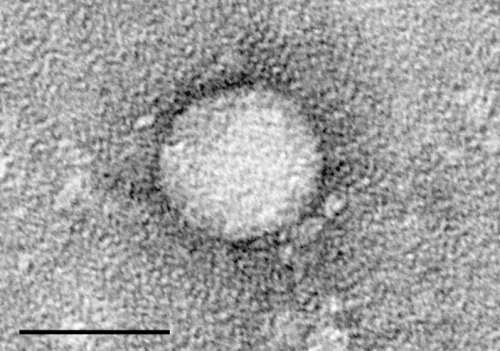
Around 70,000 Australians have been cured of hepatitis C since 2016 when new highly effective medications became available through the Pharmaceutical Benefits Scheme.
But it’s estimated up to 170,000 other Australians remain at serious risk from the deadly blood-borne virus, which can cause liver damage, cirrhosis and cancer over a period of years, showing no symptoms until it’s too late.
A new study led by Burnet Institute econometrician, Dr. Nick Scott, found that despite a cure becoming available, the national rate of hepatitis C testing has plunged to 2012 levels.
The study, published in the Medical Journal of Australia, also used mathematical modelling to project that a 50 percent increase in testing will be needed for Australia to meet WHO’s goal of eliminating hepatitis C as a public health threat by 2030.
“We’ve been effective at treating people who are already engaged in care or who are easy to reach, but they only account for about a third of people with hepatitis C,” Dr. Scott said.
“What we haven’t been good at is finding and diagnosing new people, which is why we’re seeing treatment numbers start to decline and why the models are projecting that we are not on track to reach the targets.
“Many of the remaining people with hepatitis C may have never been diagnosed or may have been diagnosed a long time ago and either forgotten or not been linked to appropriate care, so the next steps are about finding or re-engaging them and getting them treated.”
Dr. Scott said campaigns targeting high-risk groups such as people who inject drugs had been effective in boosting treatment numbers, but there are also many people with hepatitis C who may not identify as high-risk.
“There’s a lot of people who may have injected drugs 20 or 30 years ago, and because that activity has long since stopped, they’re not connected to services for people who inject drugs and we’re not reaching them with our program,” Dr. Scott said.
“I don’t think we really know how to reach them—it’s going to be a major challenge.
“This study also challenges the idea that just because we have a cure, elimination is going to happen. It’s not happening, and the fact that we’re testing today at 2012 levels is actually quite alarming.”
Study senior author, Burnet Deputy Director Professor Margaret Hellard AM, said the EC (Eliminate Hepatitis C) Australia Partnership has a special role to play to ensure that treatment numbers are maintained to stop new hepatitis C infections and hepatitis C related deaths.
“This paper highlights that one of the major challenges for Australia in eliminating hepatitis C is finding people who are infected with hepatitis C and engaging them in testing and care. The EC Australia Partnership is now focusing on this issue,” Professor Hellard said.
“Many people don’t know their status, many are discouraged from seeking treatment because of stigma, and it’s a tragedy that they are missing out on life-saving therapies which are so readily available.”
Source: Read Full Article
